Left: Red-eared slider (Trachemys scripta elegans)
Let's start with this picture of a red-eared slider, not a red-footed tortoise, and in fact not a tortoise at all. It's a turtle.
Left: Red-footed Tortoise (Chelonoidis carbonaria)
What's the difference? Simple: Tortoises are terrestrial, meaning that they spend all their time on land, whether in the desert, the jungle or rocky hillsides. Turtles are aquatic or semi-aquatic, meaning that they have to spend all or a large part of their time in the water, whether it's a river, lake, pond or ocean.
Left: Diamondback Terrapin (Malaclemys terrapin)
Terrapins are also turtles. The name is derived from the Latin term for turtle.
Left: Cooter
Cooters encompass a number of large, herbivorous, freshwater turtles of the eastern United States.
Sliders are also turtles, so named for their tendency to slide off of a log and into the water when it perceives potential danger.
Left: Aldabra Giant Tortoise (Aldabrachelys gigantea)
Of tortoises, the Aldabra is the world's largest, weighing in at up to 700 pounds. It is native to the islands of the Aldabra Atoll in the Seychelles.
Left: Giant Galapagos Tortoise (Chelonoidis nigra)
The world's second largest tortoise is the Galapagos, with specimens weighing as much as 450 pounds and documented at 175 years old or more.
Left: African Spurred Tortoise (Geochelone sulcata)
The third largest tortoise, and largest mainland tortoise, is the African Spurred Tortoise, or Sulcata, can reach 200 pounds within its 120-150 year lifespan.
Left: Green Sea Turtle (Chelonia mydas)
Sea turtles are a special class of turtles that spend their entire lives in the ocean, except when the female crawls up sandy beaches to lay eggs.
There is a persistent belief that turtles and tortoises are slow creatures, and certainly the oldest ones move more slowly than their younger counterparts, but when they have to, all can travel great distances in a relatively short time. One tortoise, for instance, has been clocked at about 1/2 mile per hour, traveling up to two miles in a five-hour period. His name is Herman, a 12-year-old 43 pound Sulcata living in Bend, Oregon. He is granted the frequent privilege of being taken for long walks in the city parks by his caretaker.
Tortoises and turtles make excellent pets, however, with proper care and a healthy diet, they can outlive their owners by decades.
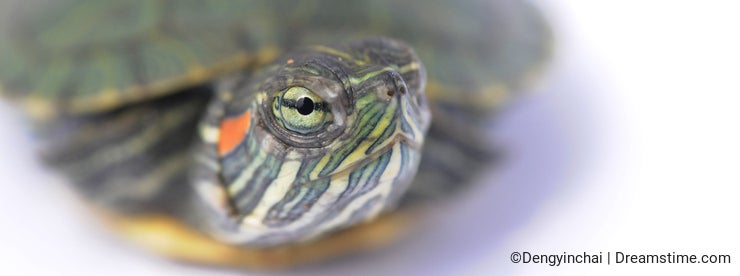
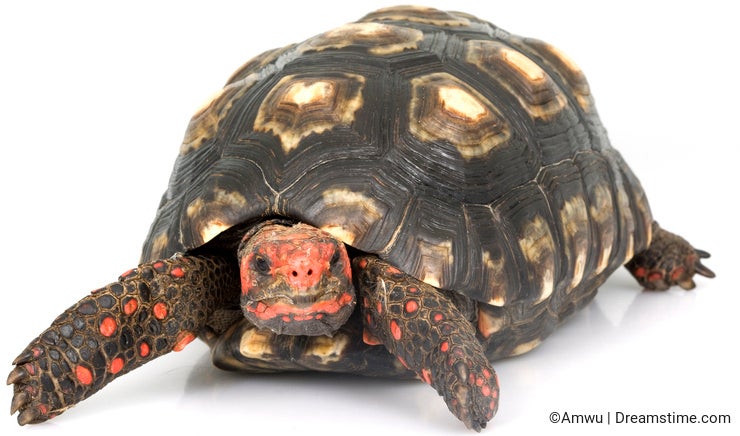
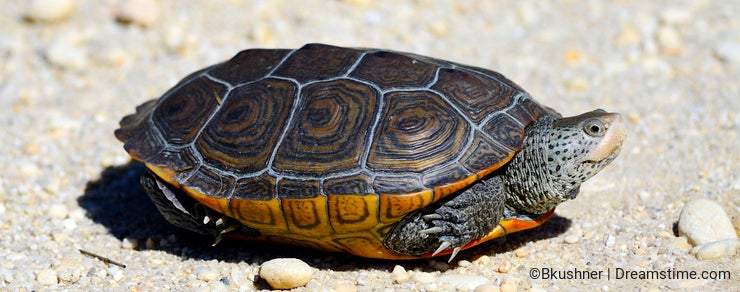
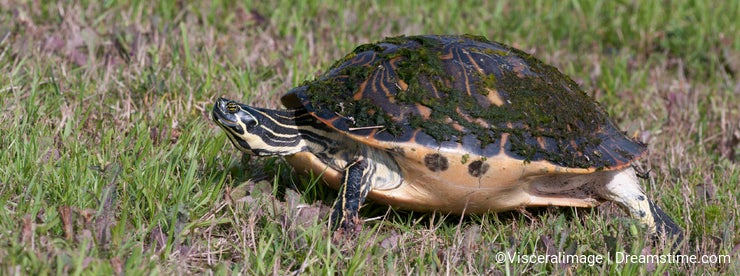
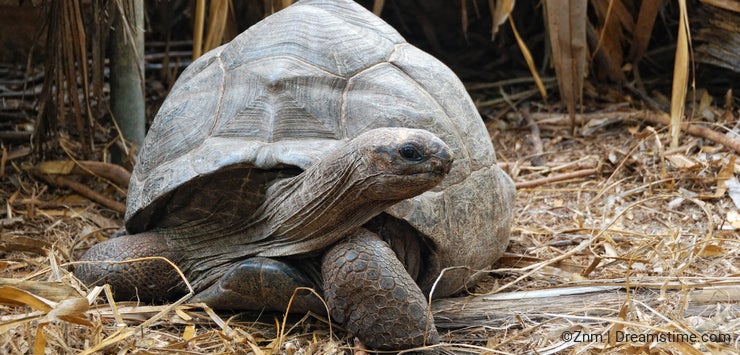
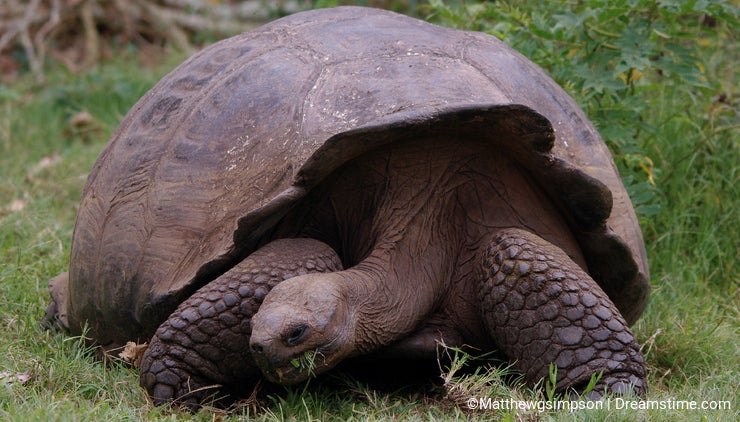
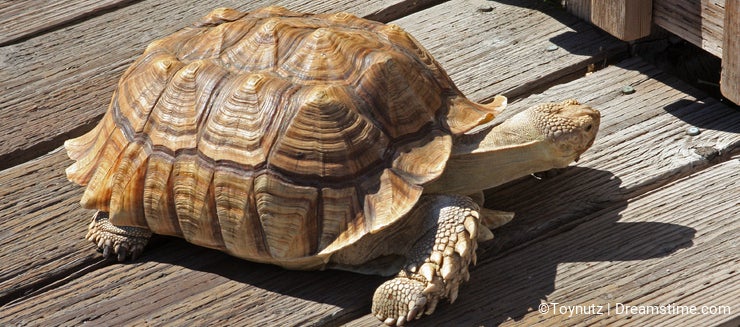
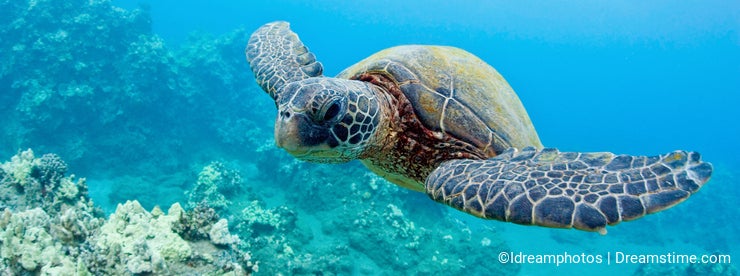
Your comment must be written in English.
We value all opinions and we will not censor or delete comments unless they come from fake accounts or contain spam, threats, false facts or vulgarity.
Toynutz
In case I hadn't mentioned, all tortoises are turtles, but not all turtles are tortoises, and many turtles on Dreamstime are misidentified as tortoises. There is no such thing as a sea tortoise. It is a sea turtle. Tortoises are strictly terrestrial.
Toynutz
Seeing a photo of a turtle on its back suggests to me a dead turtle, which I find disturbing, so I can't in good conscience post such a picture.
Cbomers
Beautiful images! If you make a tortoise turtle collection , i think that is an excellent idea please see my contribution
[imgl]http://www.26023976[/imgl]
Onime
turtle world... nice :)
smartview27
Beautiful photos !
Egomezta
Great blog, very interesting.
Jdanne
Nice photos! You should make a turtle - tortoise collection!



Here are my suggestions: